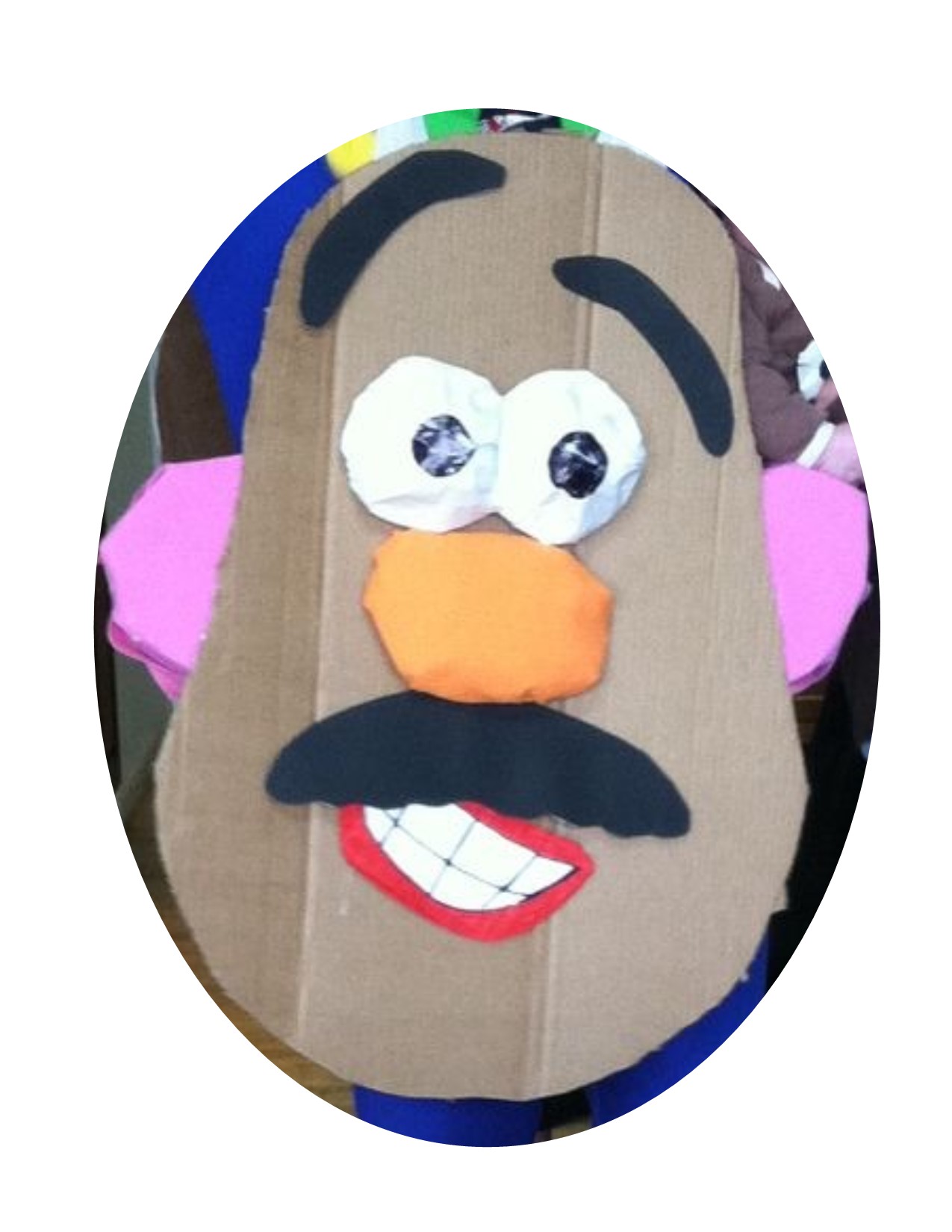Baltimore Singles Update

I was shopping at Seven Mile Market when I bumped into Shlomo Tzvi Baden, who over 20 years ago, when he was a student at Georgia Tech, boarded in my home in Atlanta. He asked me if I would be interested in hosting singles for a Shabbos meal once a month. After filling out a form answering questions on preferences, etc., for his project, Singles on the First (SotF), my husband and I had the privilege of hosting two young women for Shabbos lunch. When recently I asked to host singles again, Mr. Baden said, “I need more people, both singles and hosts, in your neighborhood and others.”
SotF is one of the latest efforts by Baltimore individuals and organizations to focus on singles. Mr. Baden started this project a little over a year ago after reading an article by a divorced woman. She felt frustrated and neglected and asked others to please reach out to to her. Mr. Baden felt that he “had to step up and do something” for all singles. First he contacted several rabbis to ask if anyone was setting up singles for Shabbos meals. Rabbi Daniel Rose, of Congregation B’nai Jacob Shaarei Zion, told him that Steve Schwarz had recently asked him a similar question. Soon, Mr. Baden and Mr. Schwarz started SotF. Although they confer with each other, Mr. Schwarz mainly arranges formal meals several times a year for 10 or more singles, while Mr. Baden sets up singles once a month for Shabbos meals.
SotF’s purpose may be for singles to have a place to eat on Shabbos, but it has a side benefit: When singles meet more people in the community, and their hosts get to know them, magical things might happen, like dating suggestions.











